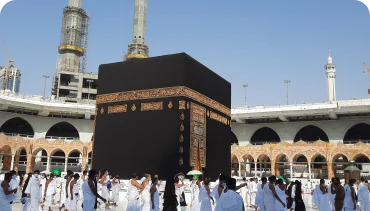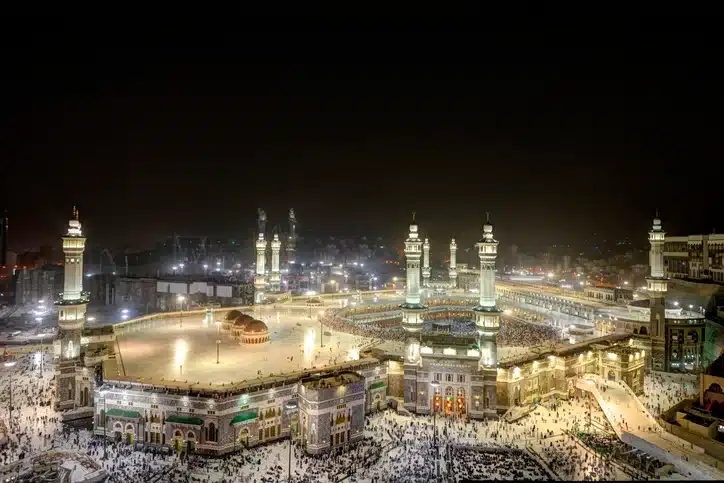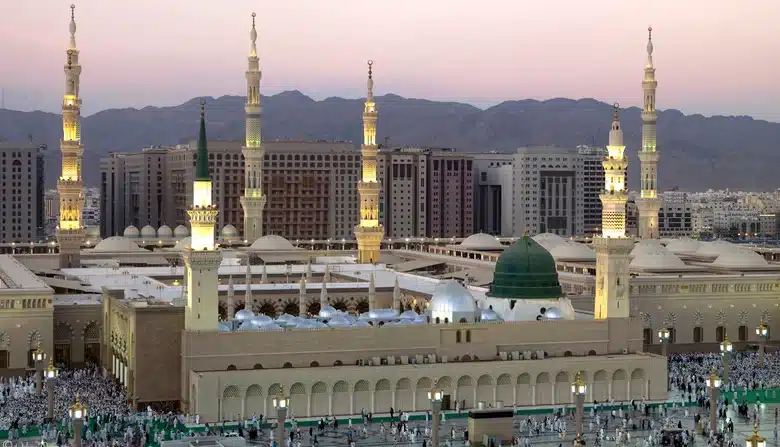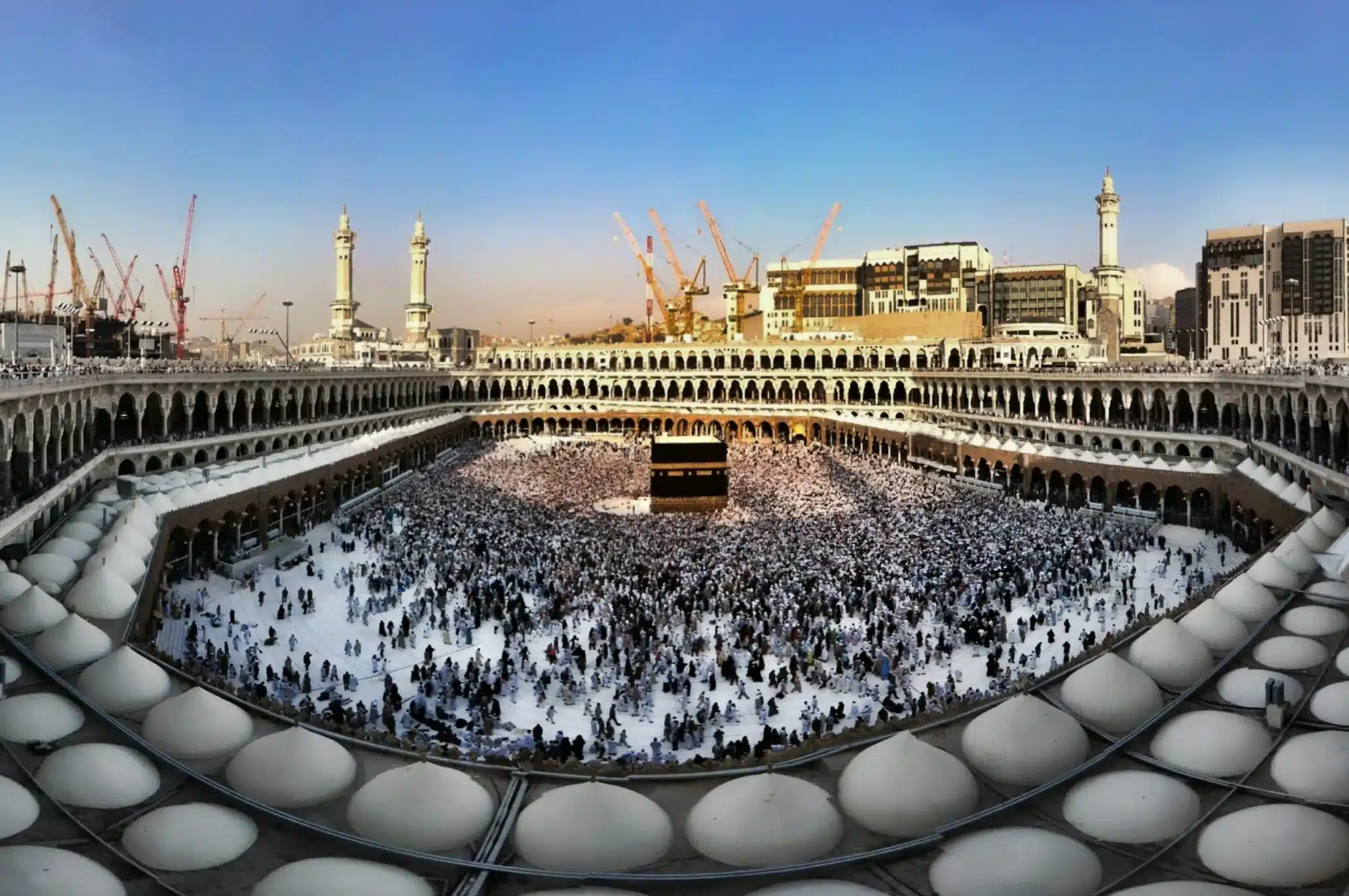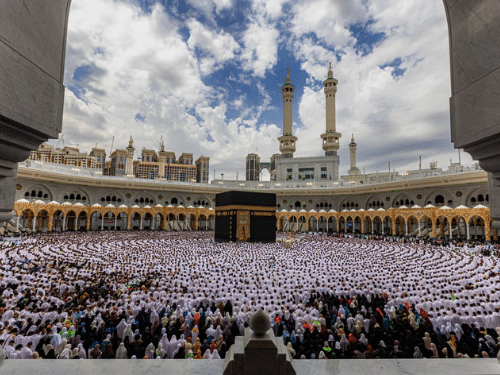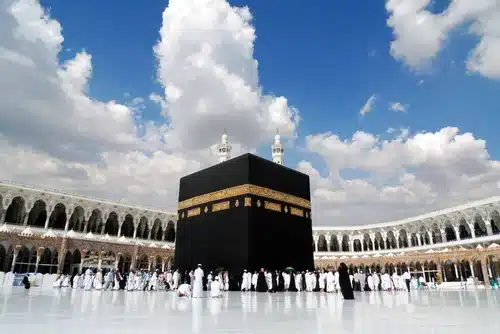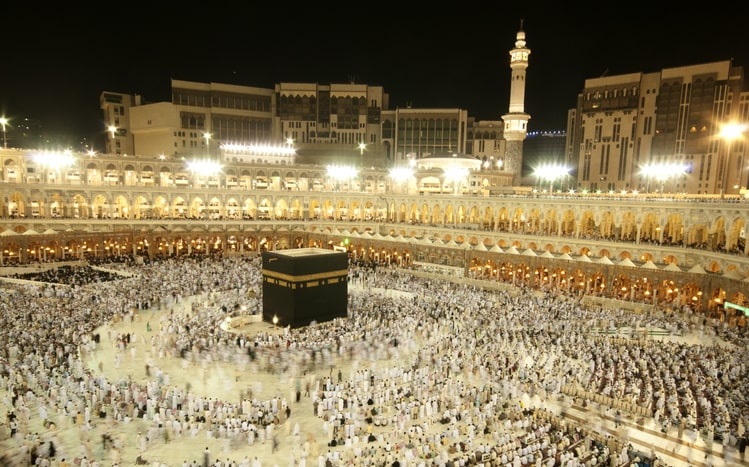Bayt al Mawlid
The Importance of Bayt al Mawlid as Religious Landmark
In Makkah, there exists a deeply consequential spiritual and historical site for Muslims around the world — Bayt al Mawlid, the home from which Prophet Muhammad ﷺ came into being. Although the building is no longer there, the site remains an important part of Islamic heritage and collective memory.
As Muslims expect to learn more about the life of the Prophet and find deeper meaning in their faith, sites such as Bayt al Mawlid are physical embodiments of Islam’s roots, history, and message. In this blog, we will examine the significance of Bayt al Mawlid and why it remains an important religious site, regardless of the elements of change around it.
What Is Bayt al Mawlid?
Bayt al Mawlid in Arabic, means “the House of the Birth.” Bayt al Mawlid is traditionally considered to be the Marian-home of the Prophet Muhammad ﷺ, who was born in the Year of the Elephant in (or around) 570 CE. The original structure was located in close proximity to what is known today as the Grand Mosque (Masjid al-Haram) in Makkah.
The extent to which the original home has been changed in history — that is moved and attached to new structures – is considerable. Muslims from around the world, however, carry a continued historical and spatial significance of the site, which is religiously important to many Muslims.
A Symbol of Humble Beginnings
One of the strongest aspects of Bayt al Mawlid is what it represents: the humble beginnings of the greatest individual in Islam. Prophet Muhammad ﷺ was born into the most modest of circumstances, yet he eventually led one of the most profound transformations in religion and society in the history of humanity.
When pilgrims visit or reflect on Bayt al Mawlid, they immediately connect to the notion that great things can come from humble beginnings and greatness is not determined by wealth and status but is based on faith, perseverance, and sincerity. For many pilgrims, this thought emphasizes the significance of the Prophet’s journey and increases their own spiritual experience.
Historical Value of Bayt al Mawlid
Bayt al Mawlid has considerable historical value as well as religious significance. It connects Muslims to the very beginnings of Islam and provides context to the difficulties and challenges the Prophet faced in Arabia in the 6th century. No one can say for sure but the original house no longer exists; however, with written accounts and oral traditions, its place and importance have been kept alive. Throughout the centuries, various Islamic leaders and scholars have preserved the site and periodically used it as a school, a library, a place of thinking. Although it is not regarded as a place of formal worship, its existence promotes education, remembrance and a more profound connection to Seerah of the Prophet.
Bayt al Mawlid and the Pilgrimage Experience
As is the case for many Muslims undertaking Hajj or Umrah, visiting historical places such as Bayt al Mawlid enhances the experience of pilgrims by building context into the pilgrimage. Hajj and ‘Umrah are composed of an unchanging set of rituals, allowing for only a few options, but heritage sites associated with the events in the Prophet’s life can help pilgrims to visualize the struggles, sacrifices, and victories that marked his life.
While Umrah difficulty is most often framed in terms of logistical or physical challenges, visiting locations like Bayt al Mawlid provides an opportunity to switch gears from discomfort to contemplation. This is a spiritual experience that gives pilgrims the chance to remember the very reason they are there in the first place.
Preserving Our Religious Heritage
There is a conversation occurring today about Islamic heritage, with some people advocating for its preservation for the cultural and educational values that it represents and others claiming that attention should be focused on worship and steering clear of actions that may go against practices that yield innovation (bid’ah). Regardless of where someone stands, it is clear that Bayt al Mawlid is a significant aspect of Islamic identity. The significance is not about behaviors in it as a place of worship, but rather the spiritual enlightenment it yields and the historical characteristics it provides.
In conclusion:
Bayt al Mawlid is more than yet another location; it is a place of new beginnings, of hope, and of the incredible epic of the final prophet of Islam. It is certainly meaningful whether you are there in person or studying the site from far away. It reminds us of the profundity and simplicity of the life of the prophet Muhammad ﷺ.
In a world of spiritual distractions, remembering historical sites like Bayt al Mawlid can help anchor our faith and establish continuity in our religious memories.


